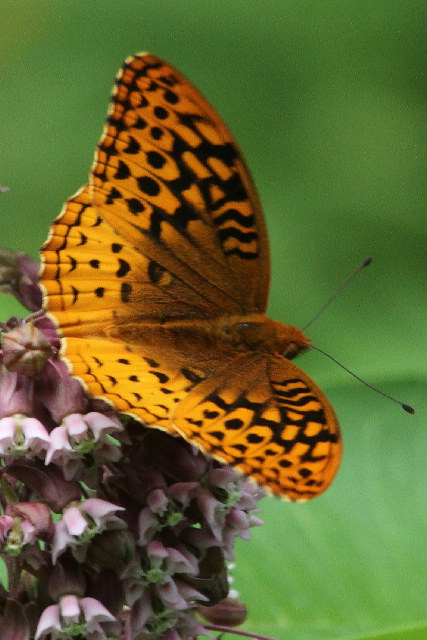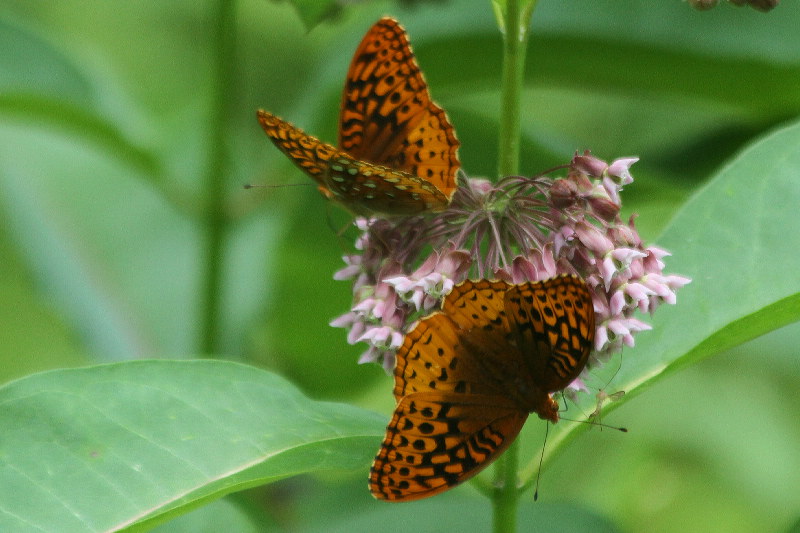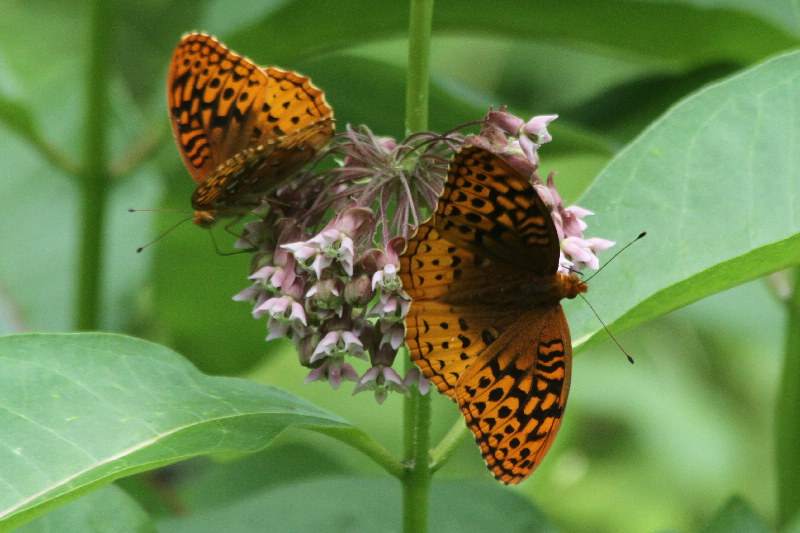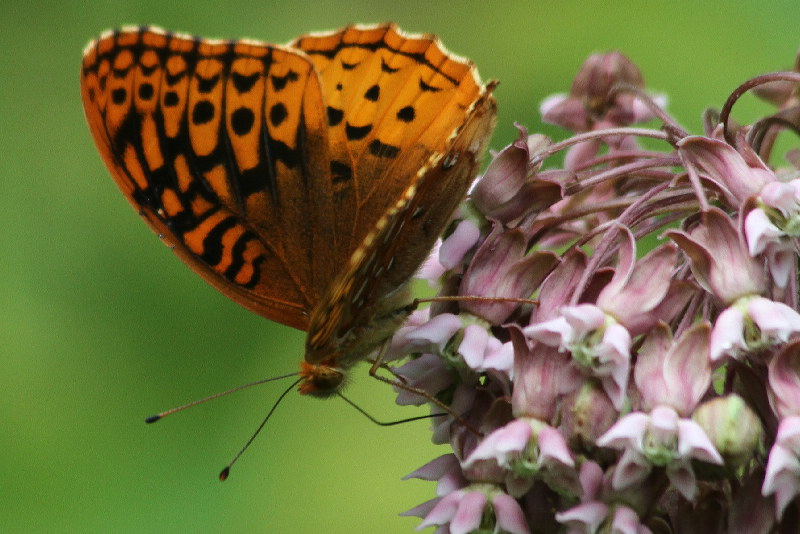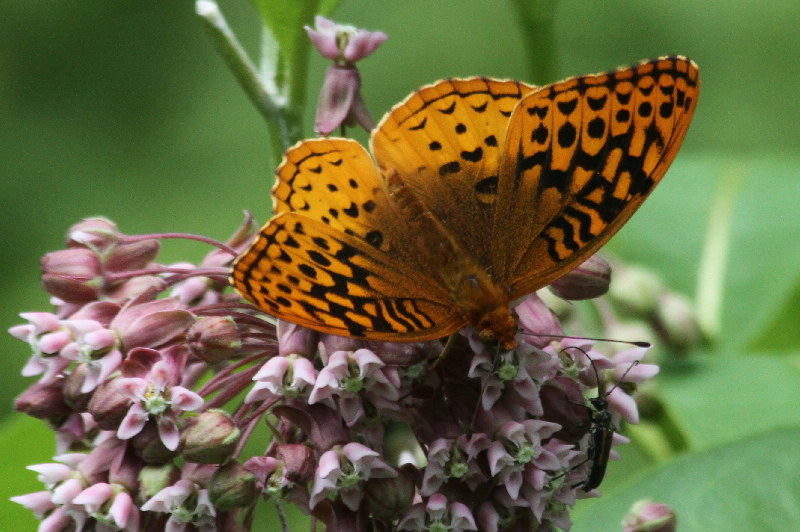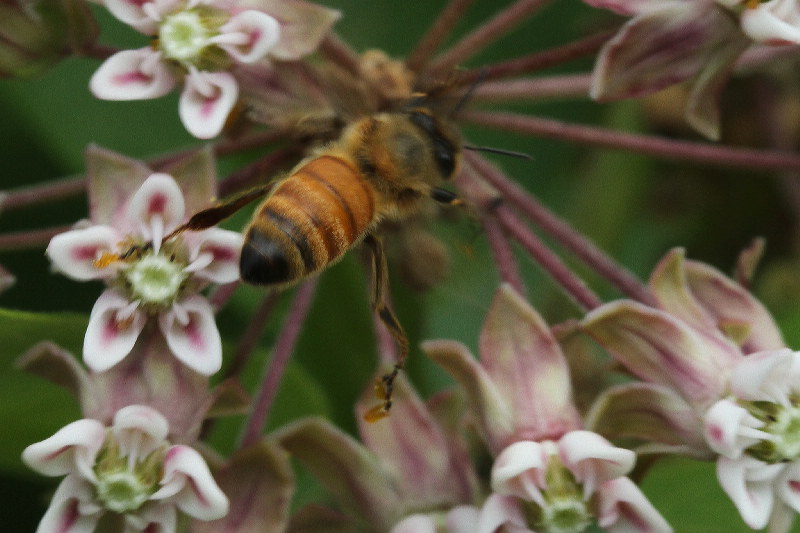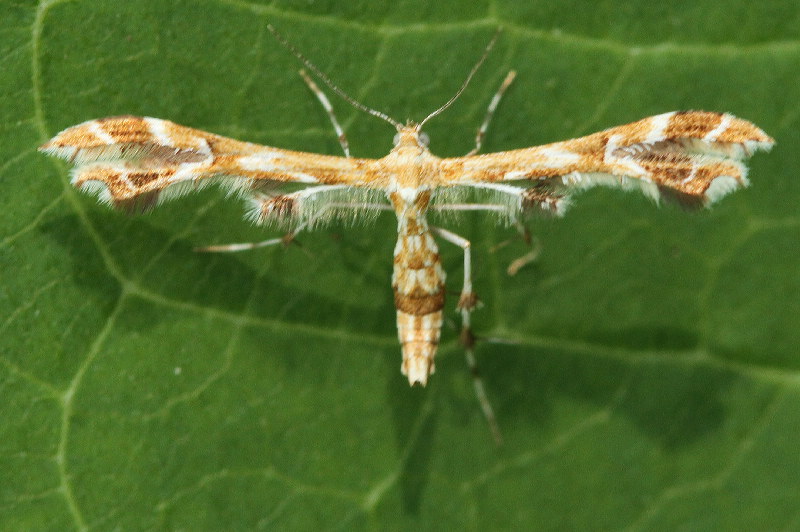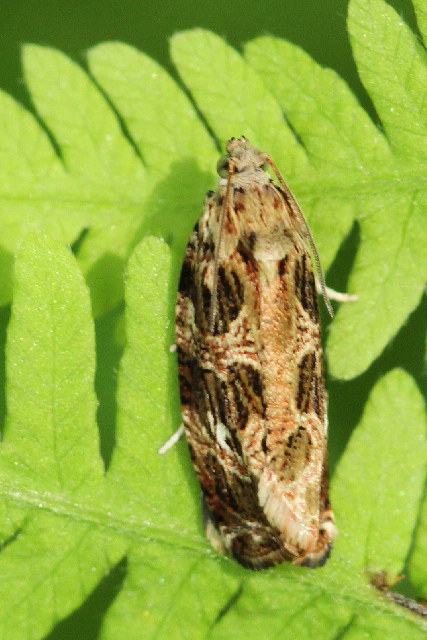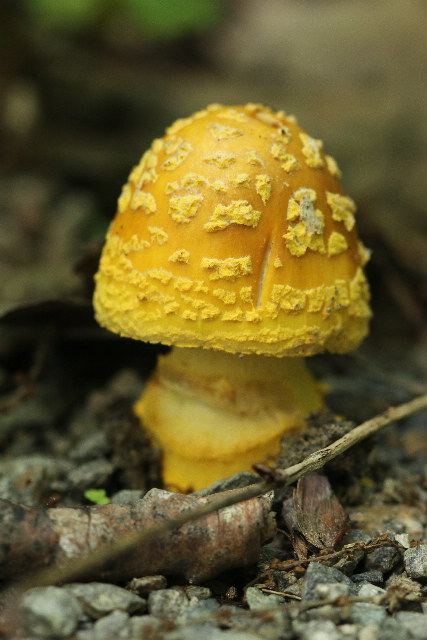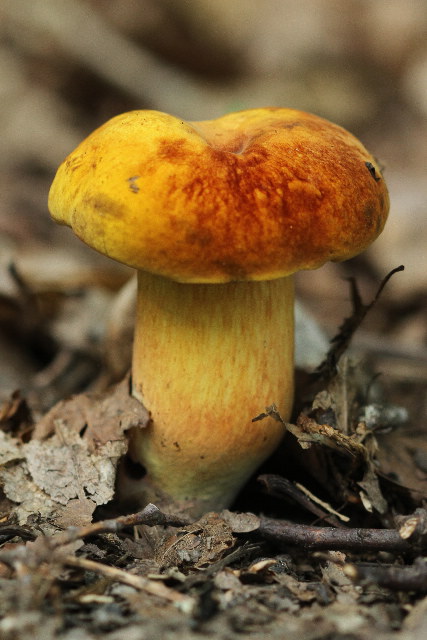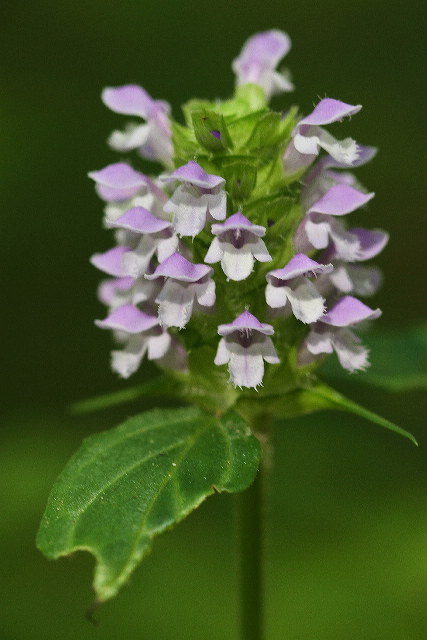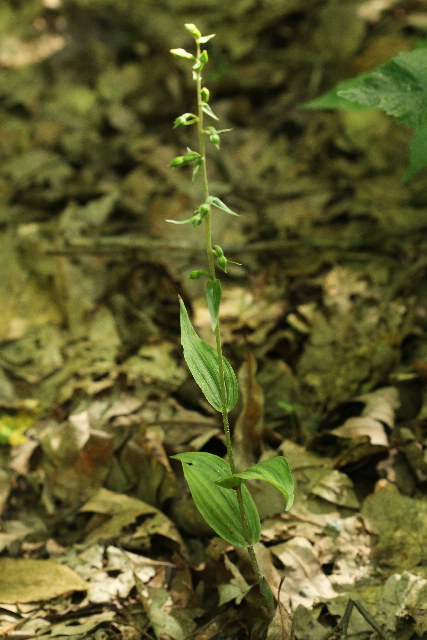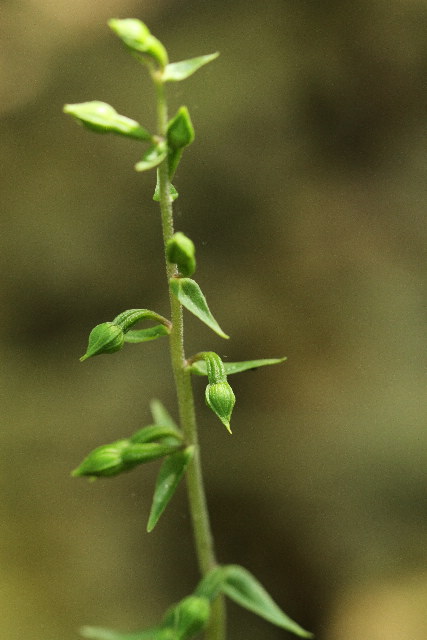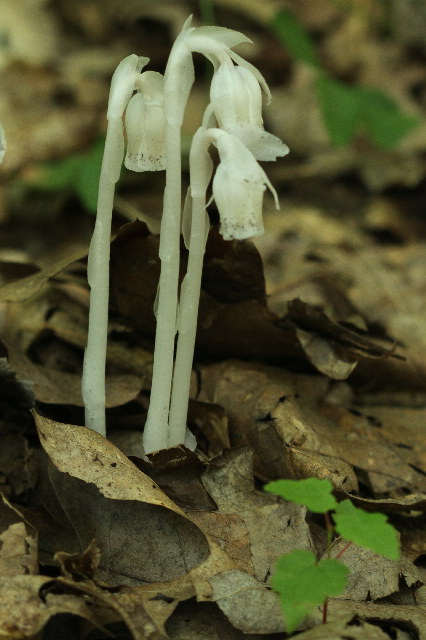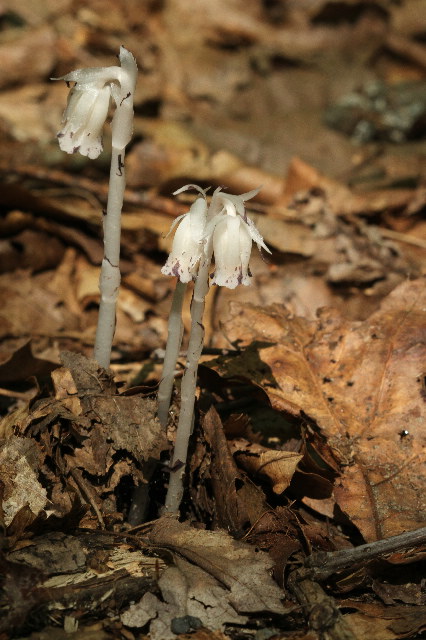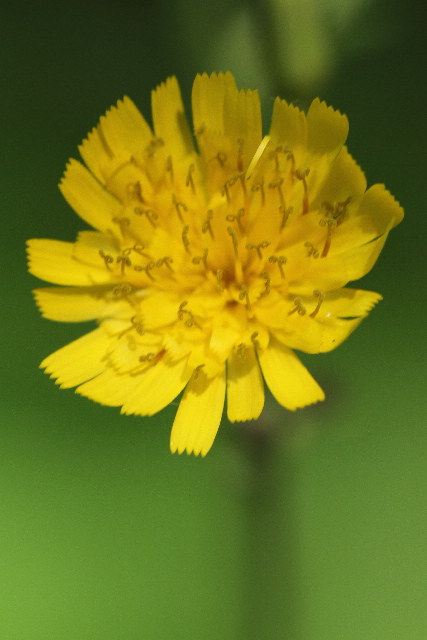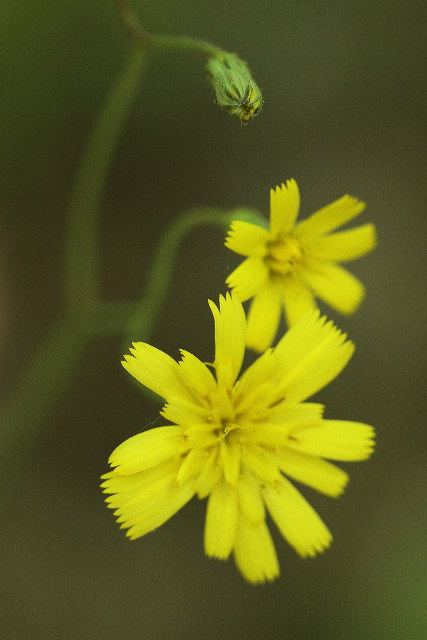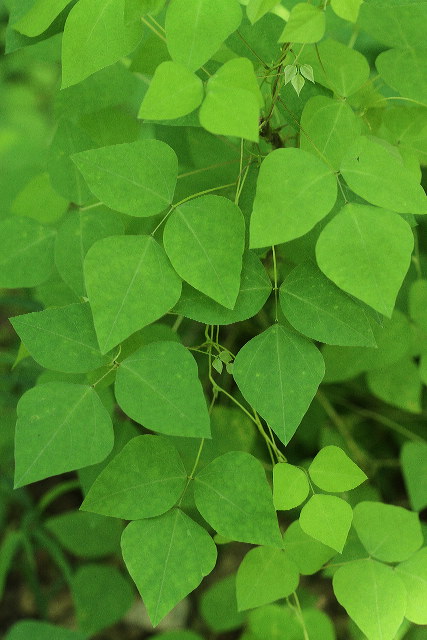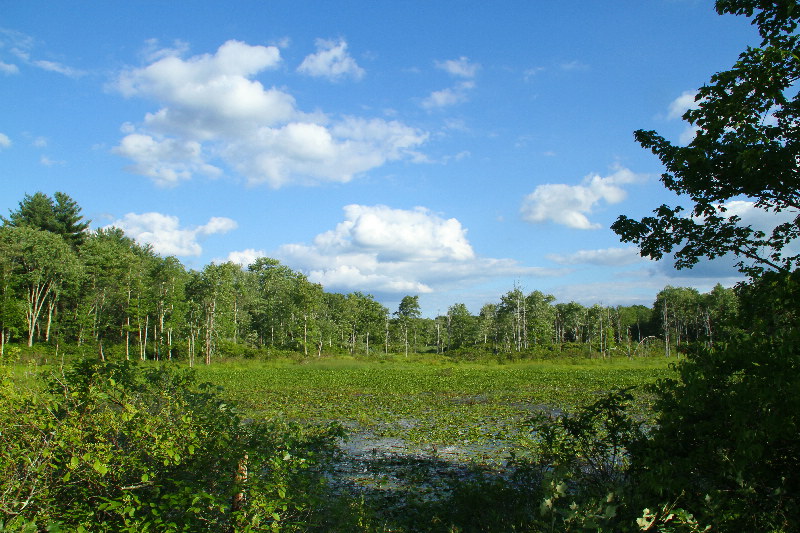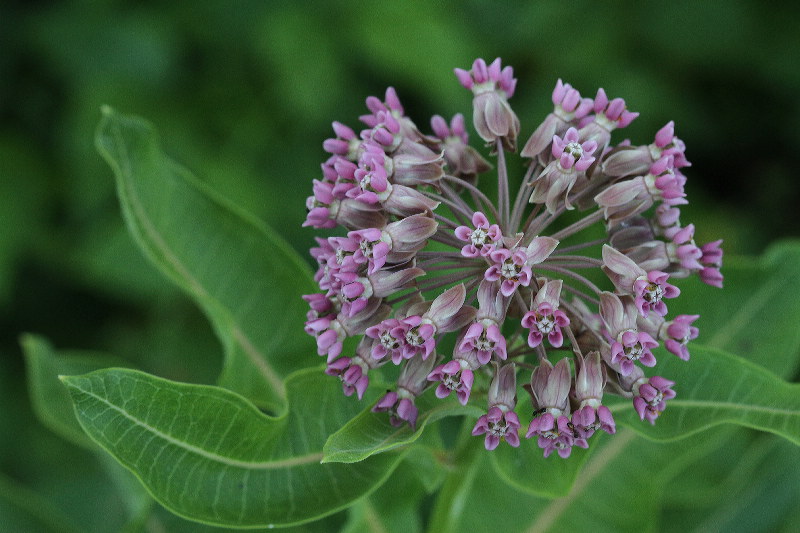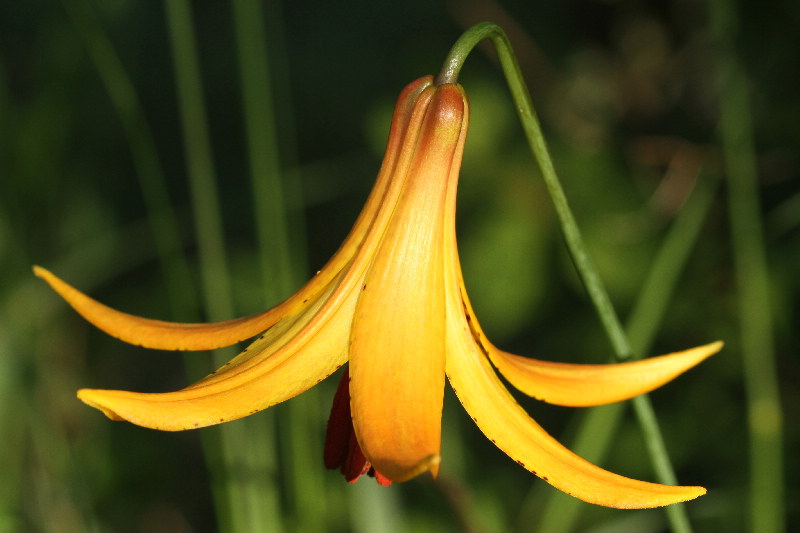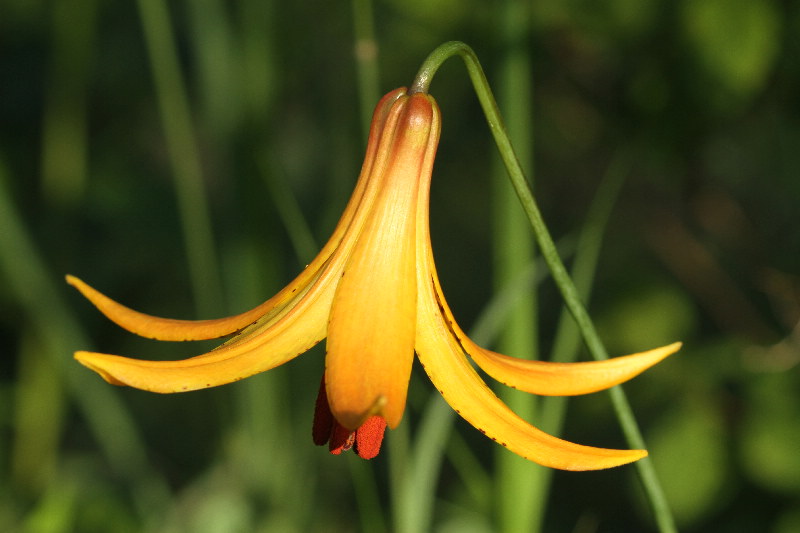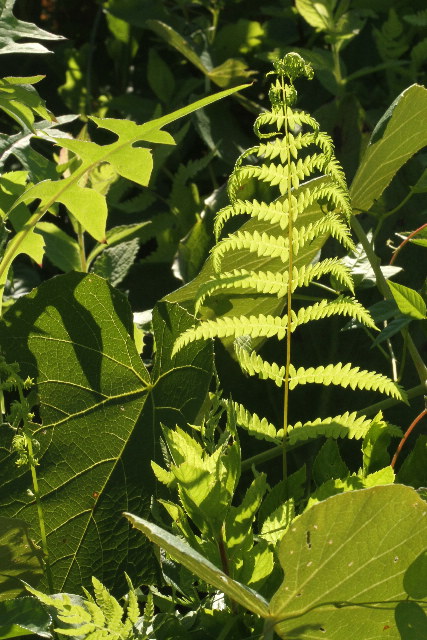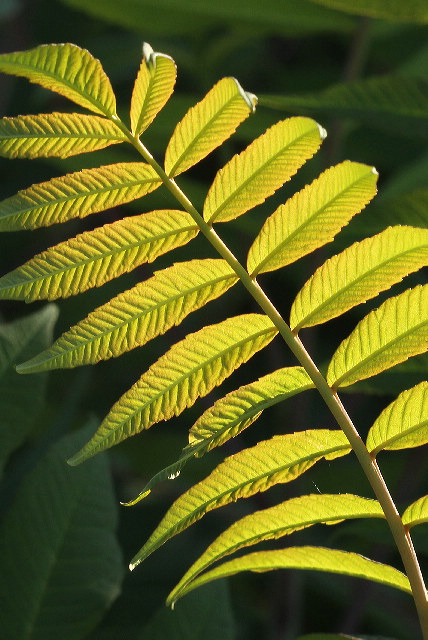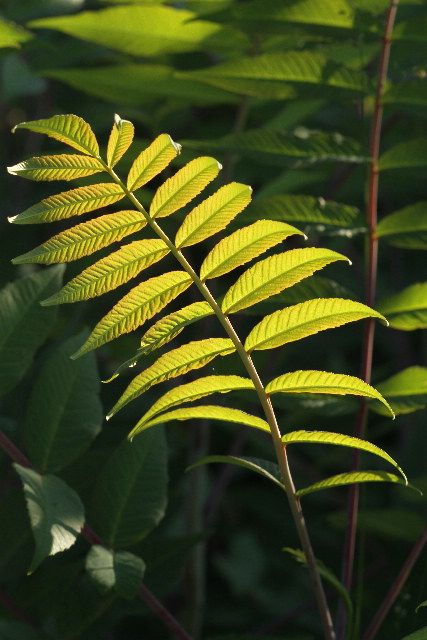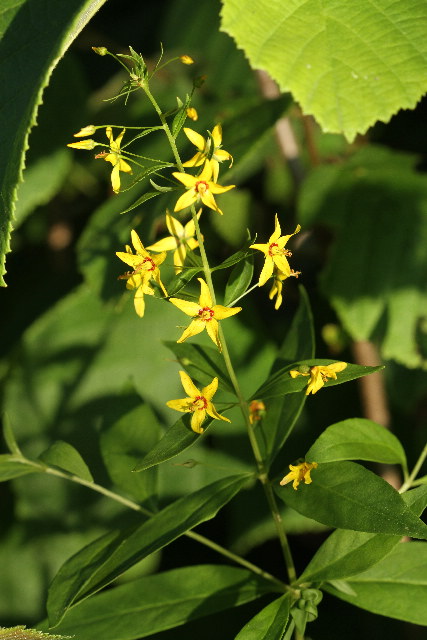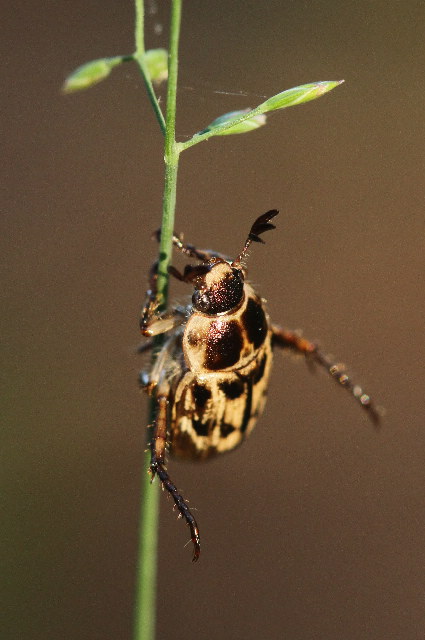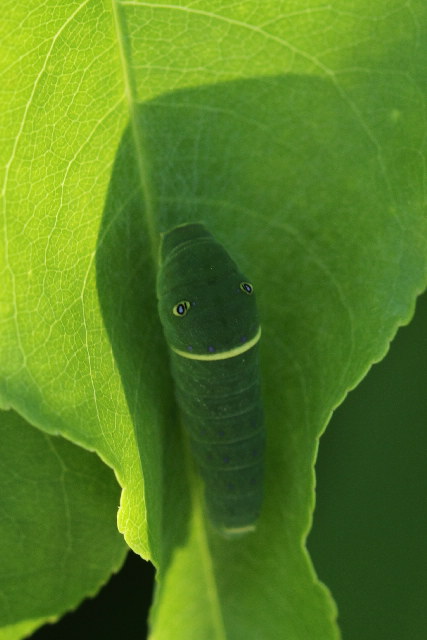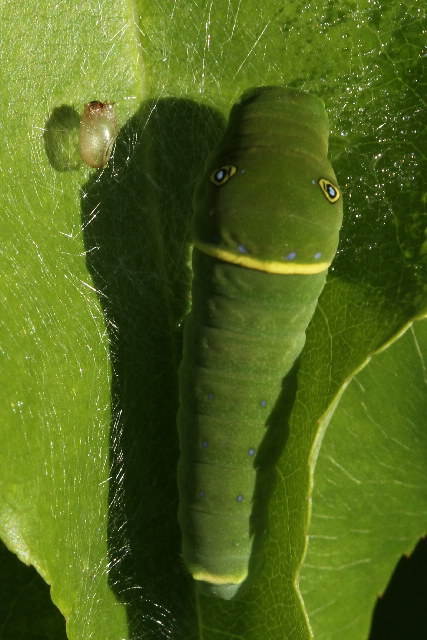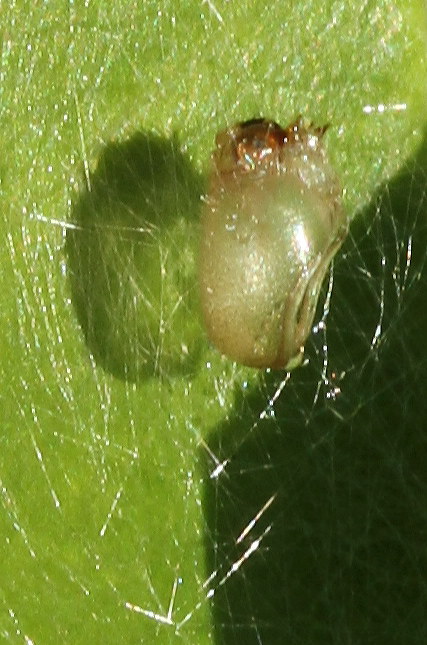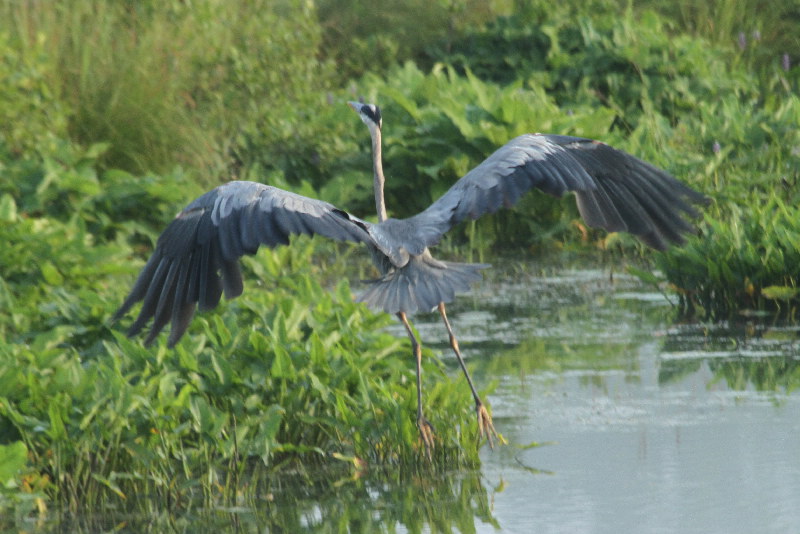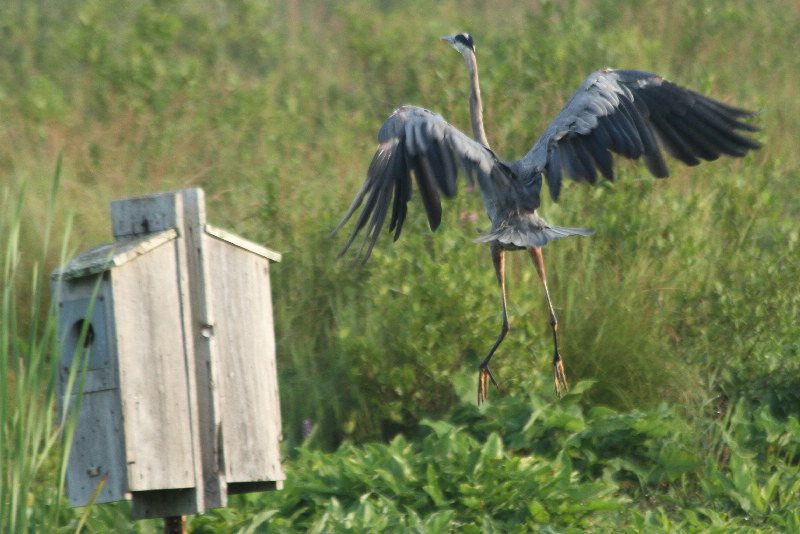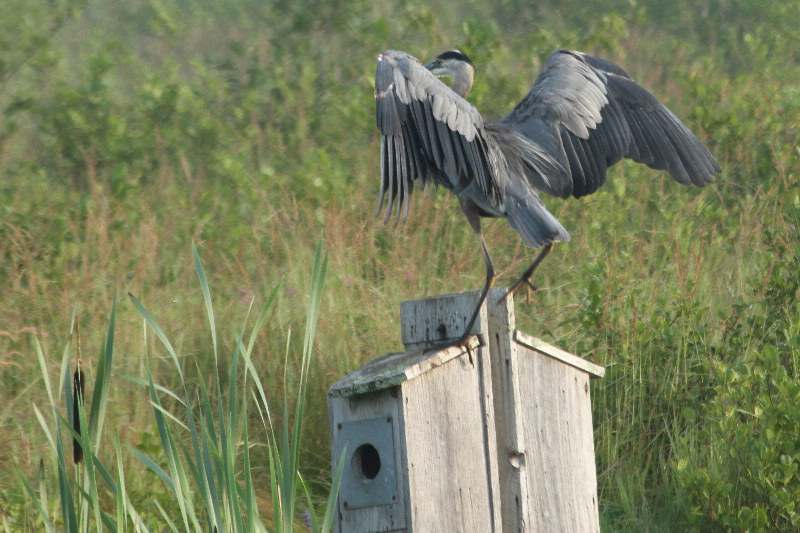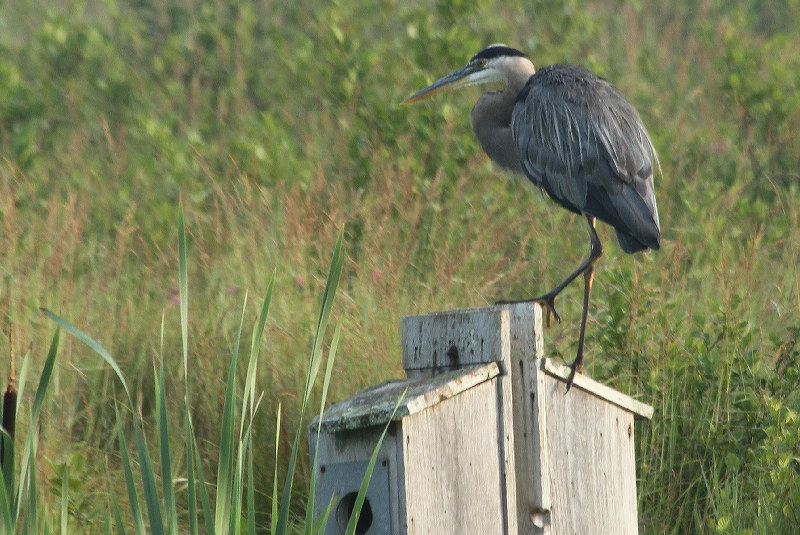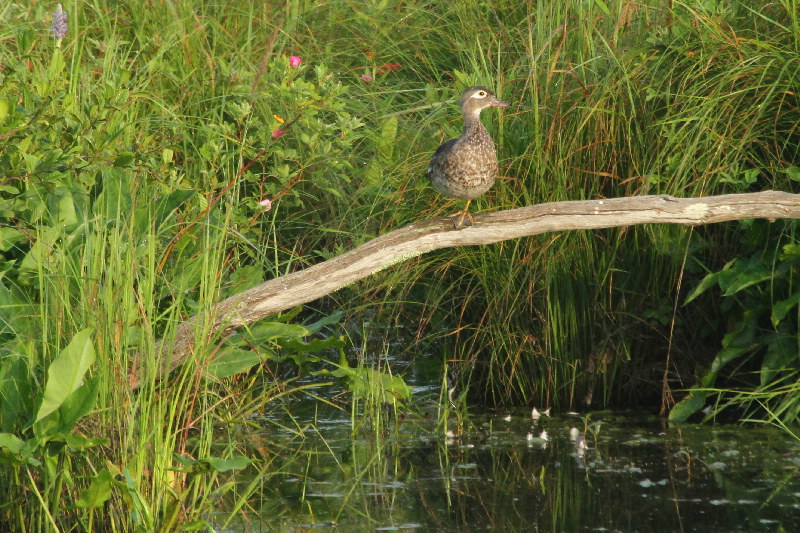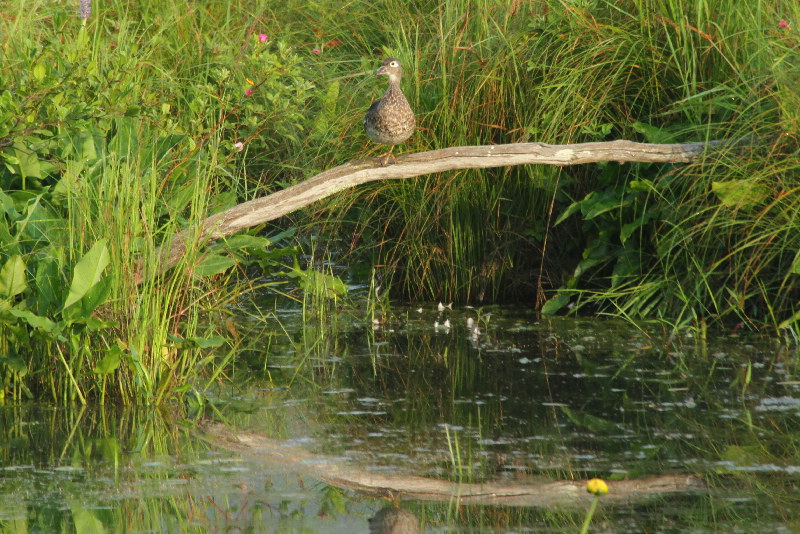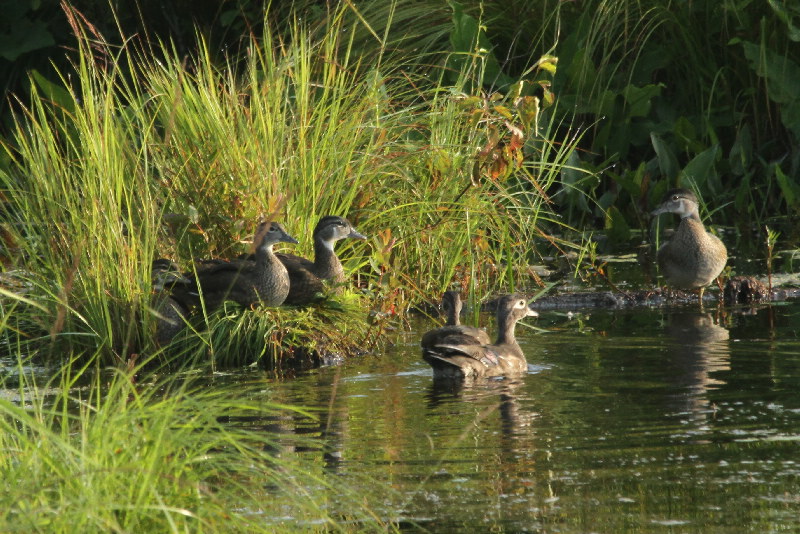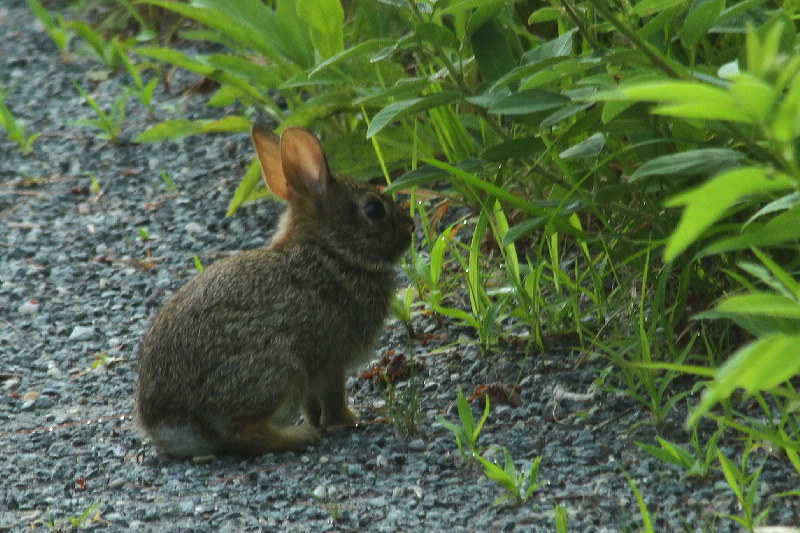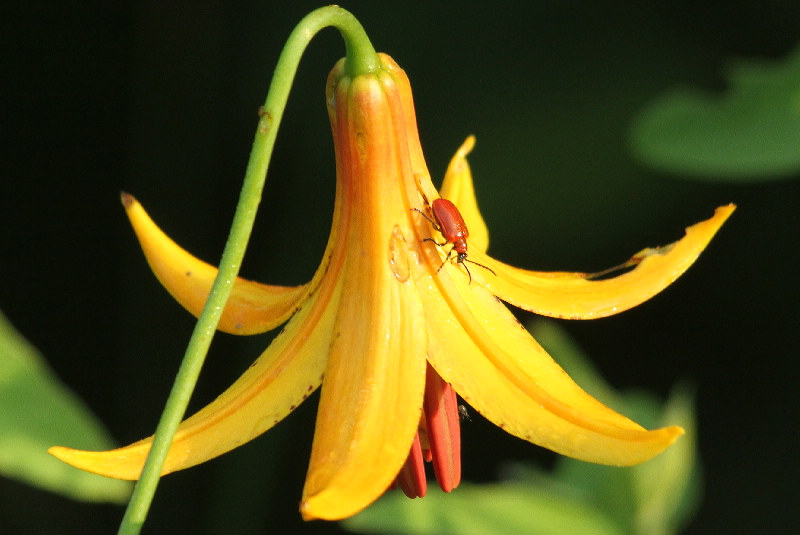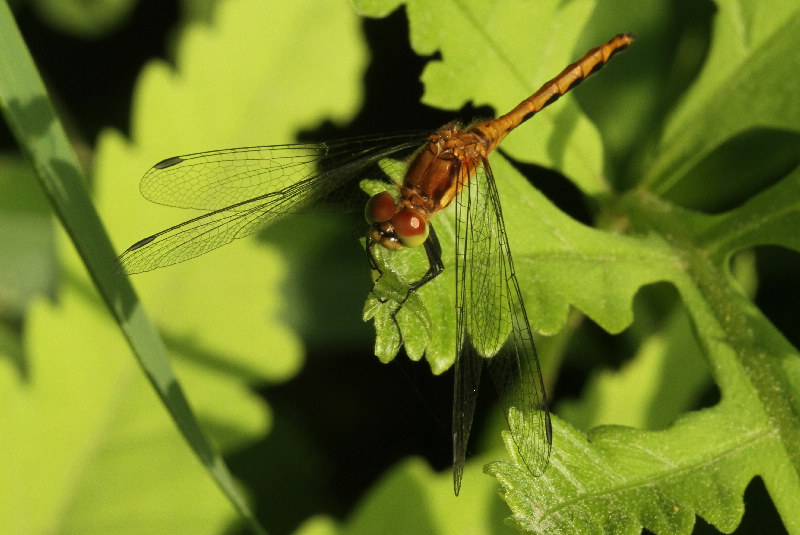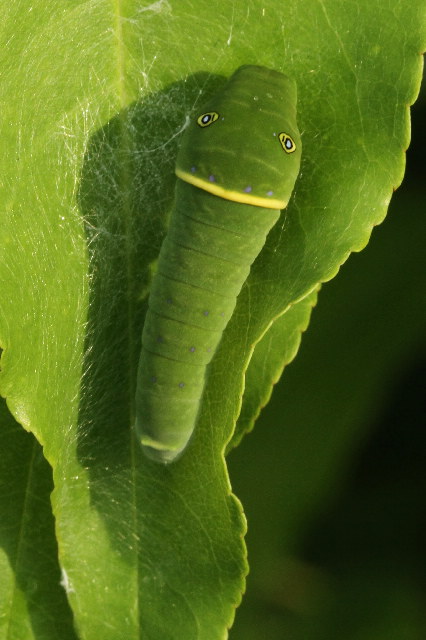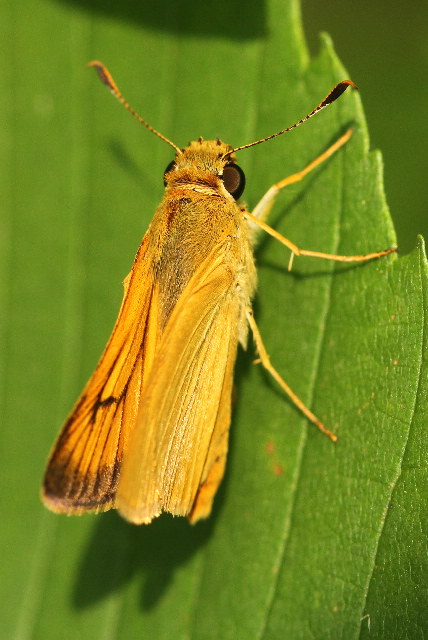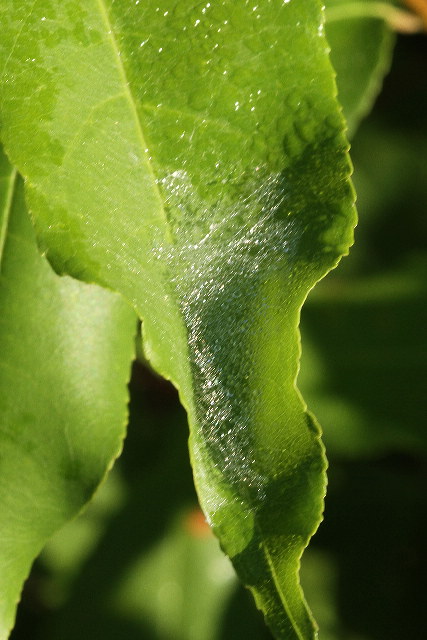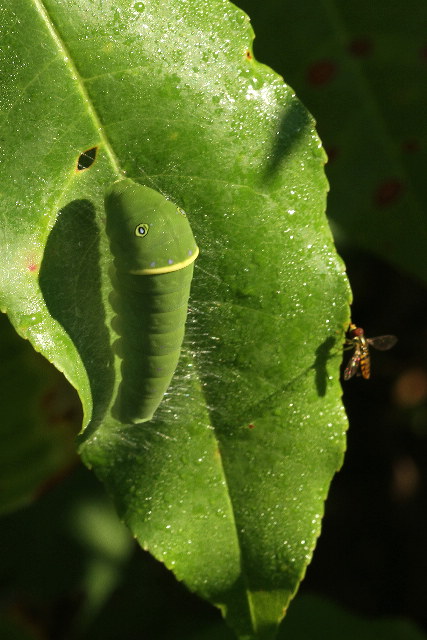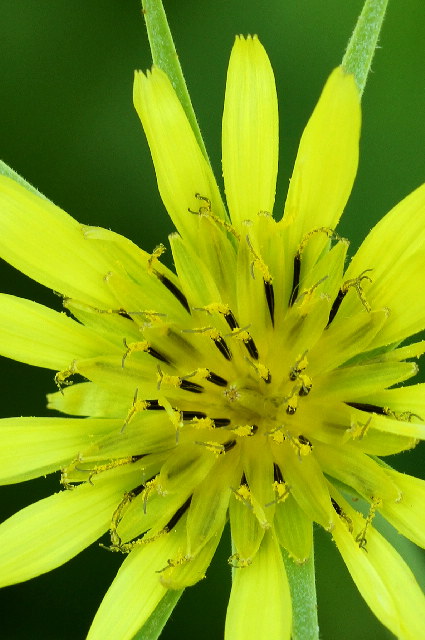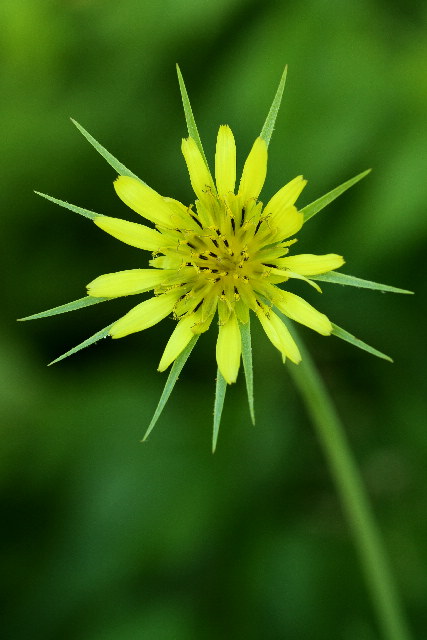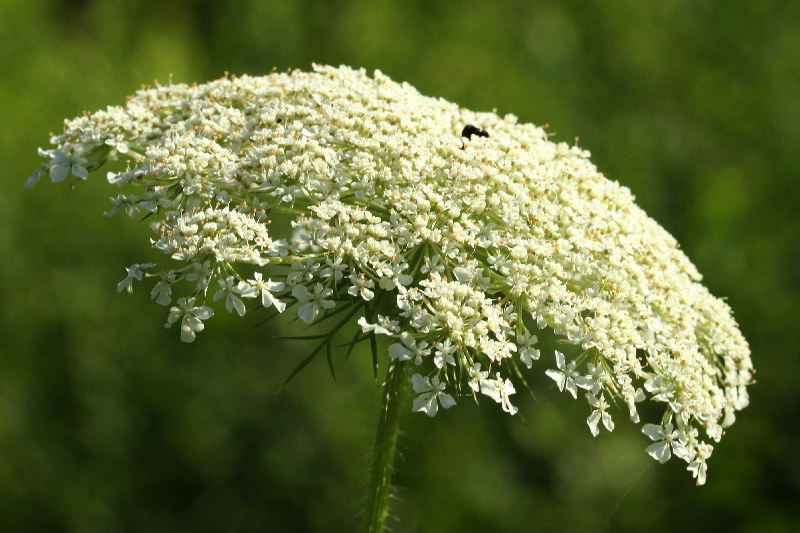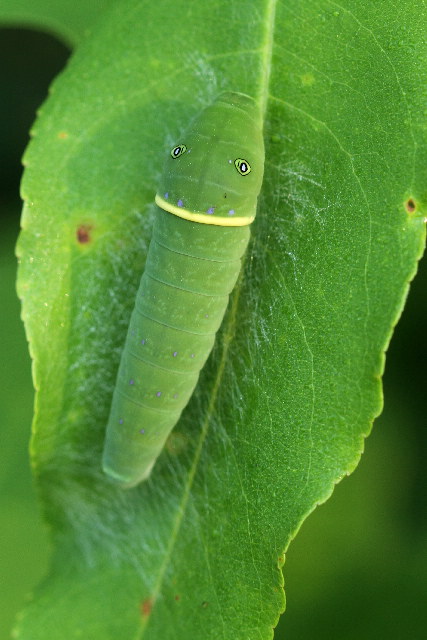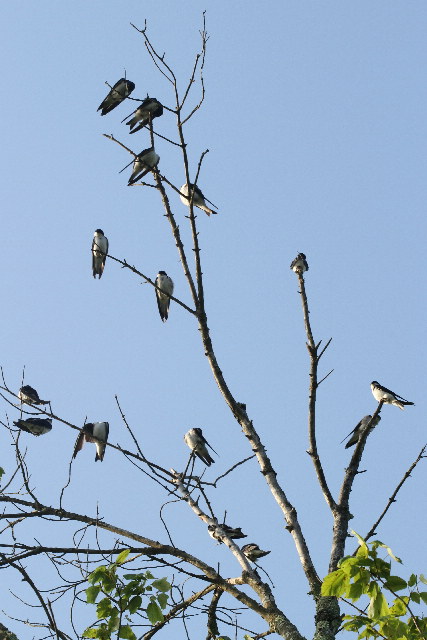Along the Air Line... 2011 - Summer, Part 3 The Air Line Trail in Eastern Connecticut - Stan Malcolm Photos |
mHome Page Stan's FlickR Albums |
June 30th. An afternoon walk down the Colchester Spur. Great-spangled Fritillaries (Speyeria cybele) were active on Common Milkweed (Asclepias syriaca). |
|
|
|
|
This Honey Bee (Apis mellifera) has multiple Milkweed pollinia stuck to each hind foot. As I took this photo, the bee was temporarily stuck to the flower until another pollinium broke free. |
This Plume Moth (Family Pterophoridae, probably the Grape Plume Moth - Geina periscelidactylus) is missing its left rear leg. The leg probably could be found wedged into a Milkweed flower, having broken off the moth in a "struggle" with a firmly attached pollinium. |
I'm guessing a Tortricid moth, but I can't determine which one. Help? |
A budding Fly Agaric (Amanita muscari). |
A Bolete. (Doesn't it look like a juicy peach?) |
Prunella or Self-heal (Prunella vulgaris). |
An orchid; perhaps the introduced Helleborine (Epipactis helleborine). If so, it's a pretty scrawny specimen. |
Helleborine buds open as mauve and green flowers. |
Indian Pipes (Monotropa uniflora). |
|
Two species of Hawkweed. This one had leaves ascending the stem and is probably Panicled Hawkweed (Hieracium paniculatum). |
This species had a basal rosette of leaves (Hieracium sp.). |
Hog Peanut (Amphicarpa bracteata) is harmless (though it spreads rampantly in disturbed ground), despite superficially looking like Poison Ivy. |
July 1st. A lovely early evening at the marsh. |
Common Milkweed (Asclepias syriaca) is anything but common. Who could ask for more beauty and scent in a flower? |
A couple of Canada Lilies (Lilium canadense) have escaped the Lily Leaf Beetles, though their leaves are gone. |
|
This time of year, it's a jungle out there. In this backlit photo, Wild Lettuce, Fern, and Grape predominate. |
Sumac (Rhus sp.) looks fantastic with light coming through it. |
|
A Loosestrife. |
Oriental Beetle (Anomala orientalis), an introduced species of scarab that feeds on grass roots as a larva, similarly to Japanese Beetles. |
The Tiger Swallowtail larva remains still. I've yet to catch it feeding. (See earlier pictures at Summer 2011, PART 2.) |
July 2nd. The caterpillar has molted. That's its previous head capsule off to the left. Presumably the remaining shed skin has fallen away. |
The capsule preserves all the detail - hairs, mouthparts and attachment collar of the head anatomy. |
July 3rd. A Great Blue Heron (Ardea herodius) retreats from the camera... |
|
...but not very far. |
|
A female Wood Duck (Aix sponsa) perched above the marsh. |
|
A little later, another female (or the same one?) swims near her nearly full grown brood. (Most of the young show the beginnings of male markings.) |
A young Eastern Cottontail (Sylvilagus floridanus). |
A Northern Water Snake (Nerodis sipedon) crossing the trail (to get to the other side). |
Red Lily Leaf Beetles (Lilioceris lilii) continue to destroy the Canada Lilies. |
A female Meadowhawk dragonfly (Sympetrum sp.). Females of three species are essentially indistinguishable. |
The Tiger Swallowtail caterpillar remains secure on its silken mattress. |
Delaware Skipper (Anatrytone logan). |
July 5th. The Tiger Swallowtail was off its silk mattress. Now where is it? |
Ah, on a new mattress in a bit more secluded spot. It's clearly bigger now, and size can be judged by the nearby Flower Fly. I'd guess that it's nearly large enough to transform into a chrysalis. I wonder if I'll be able to find it then. |
July 6th. An Eastern or Red-spotted Newt (Notophthalmus viridescens). Juvenile versions, called Red Efts, are terrestrial and serve as a dispersal stage. They're bright orange with the same black-bordered red spots as the adults. Newts are adult Salamanders of the subfamily Pleurodelinae and are mostly aquatic. (This species spends most of its time in water.) |
Goat's-beard (Tragopogon pratensis); a first for the trail. |
The seed head resembles a Dandelion puff - only much larger; roughly 3" across. |
Queen Anne's Lace (Daucus carota). |
July 7th. The Tiger Swalowtail caterpillar is larger every day. Surely it will transform to a chrysalis soon. (Continued on Summer 2011, PART 4.) |
Tree Swallows (Tachycineta bicolor) take a morning coffee break. |
